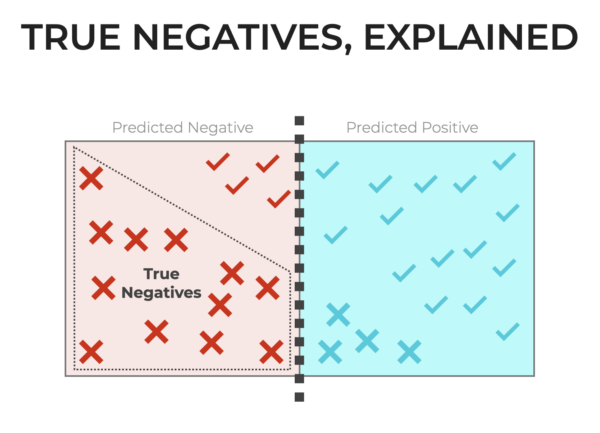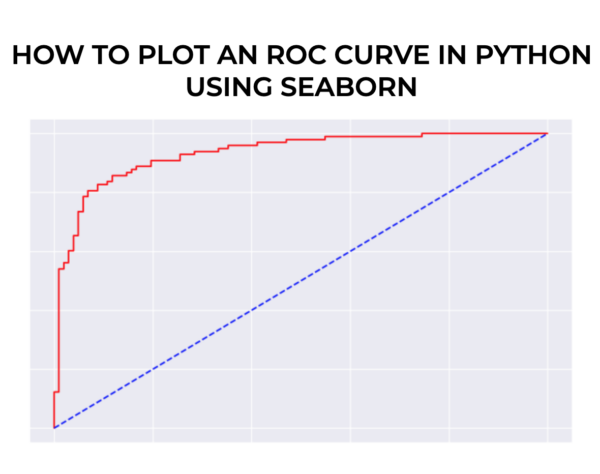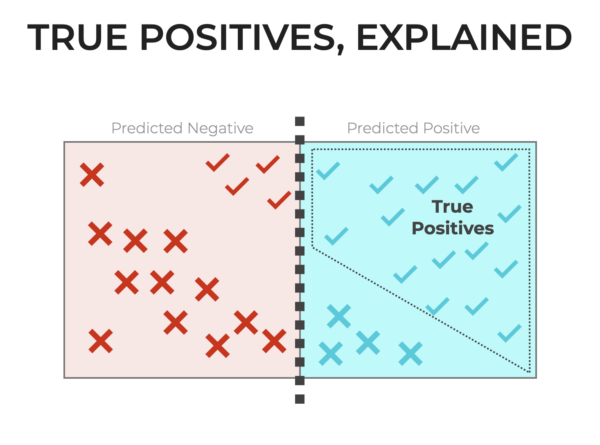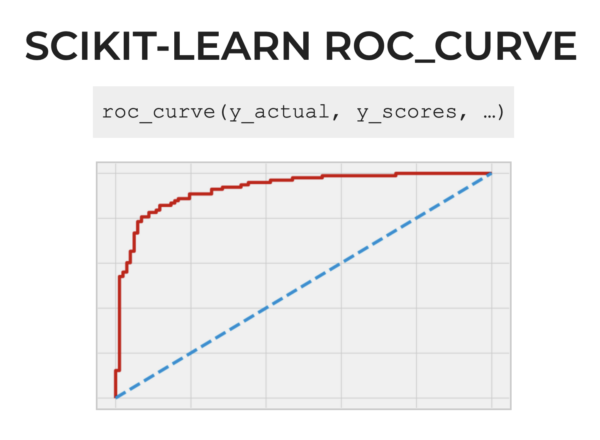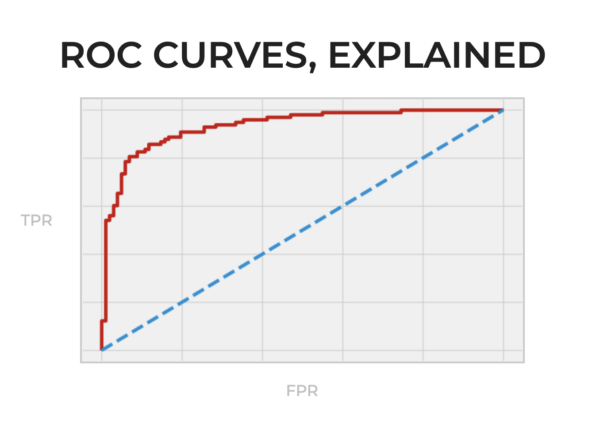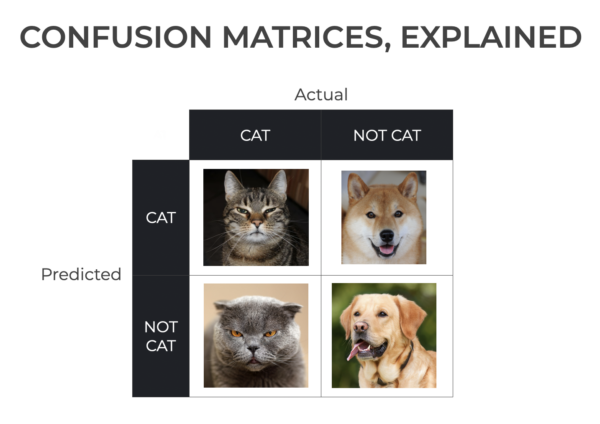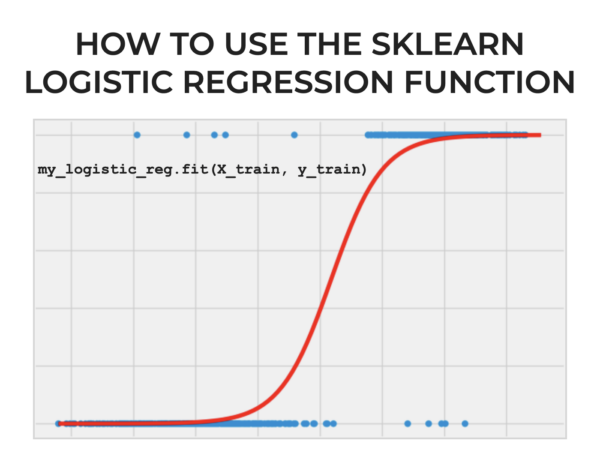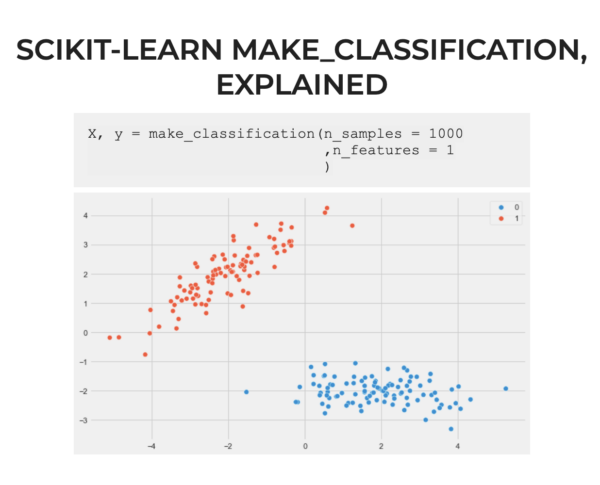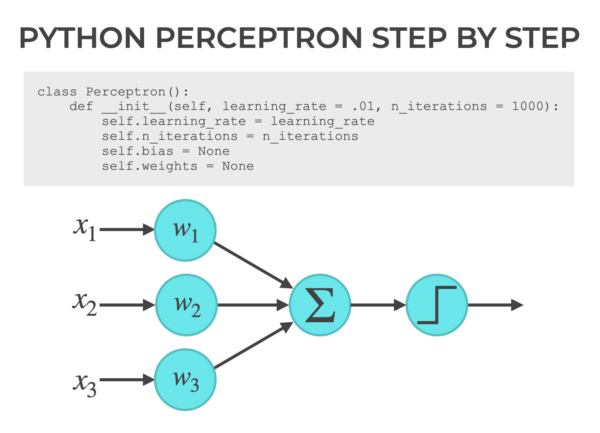True Negative, Explained
If you want to master building classification systems for machine learning, you need to understand how to evaluate classifiers. And in turn, that means you need to understand classification metrics. In classification there are a wide variety of metrics, like precision, recall, sensitivity, accuracy, and many others, but most of these metrics are actually based … Read more
